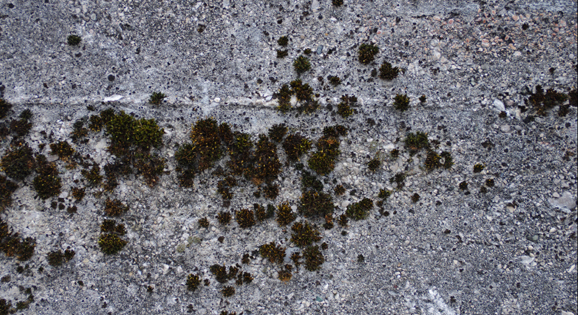

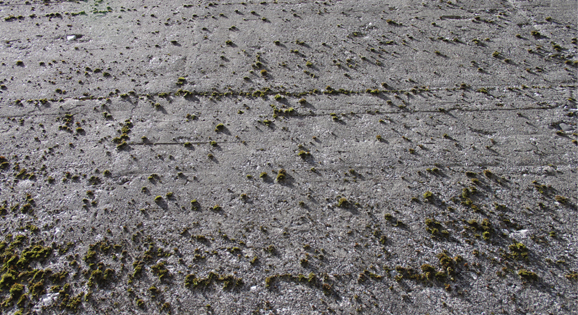
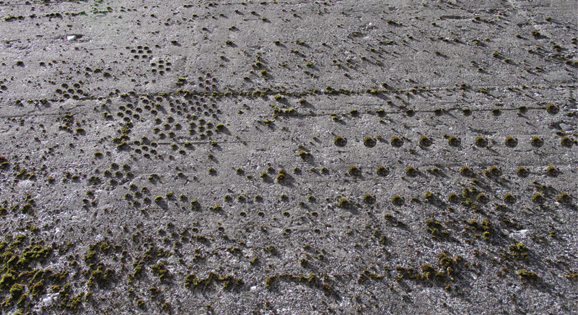
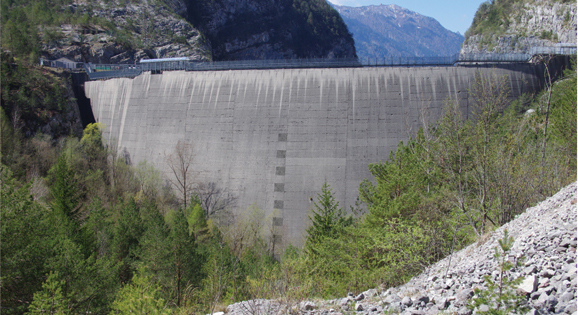
A strong dam, a monument to human conflicts. A huge work that forcibly enter into a fragile environment.
The line of the lake makes me think about submerged fields, the lost work, a small minority of men that have found the way to make these sloping lands more fertile and fruitful and have learnt to establish a balance inside this complex and natural situation.
On one side there are the peasants working the soil on mount Toc, on the other side there are the workers building the dam to produce energy; two different ways to use natural resources of the territory that have not points of contact.
The whole surface of the dam has a layout of lines that shows the regular sequence of the conduct of the work.
The word ‘level’ is constantly present in the history of Vajont. The line, in my opinion, is not only the ‘physical one’ of the water of the lake, a steady horizontal line, but also more overlapping lines that creates a vertical one, more levels until the climax. They are the letters that haven’t had an interlocutor, they are the fears, the anxieties that grows up with the water level, submerging meadows, houses, flowers.
I couldn’t imagine the mount Toc through the writings; the history before the disaster, was without pictures, then I’ve found a photo of the side of the mountain viewed from above, spots like trees on the borders of the meadows, houses, gardens, like spontaneous moss grown on the concrete of the dam.
On this vertical, inaccessible wall, the earliest forms of plant life gets their own space; there’s a sort of bryophyte, the “Tortula Muralis Hedw”: it just need a small hole, a crevice, the slight height difference between the poured concrete, to grow up.
A drawing made of holes, that could promote the growth of the moss, a cultivated nature, almost invisible; from a distance a graduated scale, but, closer, lines and spots draw gardens, meadows, flowers, woods, without an exact border between the spontaneous moss that already exists.
8 spaces between the raised lines, measuring h.2,18 l.2,44.
The drawing of the holes will be transferred using ‘pouncing’ technique on a surface with real-size cartoons.
–
Una diga fortissima, un monumento ai conflitti umani. Una grande opera che si inserisce con forza in un territorio fragile.
La linea del lago mi fa pensare ai campi sommersi, al lavoro perduto, ad una piccola minoranza di uomini che hanno trovato il modo di rendere fertili e produttivi questi terreni in pendenza, che hanno imparato a stabilire un equilibrio in una situazione naturale così complessa.
Da una parte ci sono i contadini che lavorano le terre sul monte Toc, dall’altra gli operai che costruiscono la diga per la produzione di energia, due modi di utilizzare le risorse di un territorio che non hanno punti di contatto.
L’intera superficie della diga ha un tracciato di linee che mostra la sequenza regolare dello svolgimento dei lavori.
La parola Livello è costantemente presente nella storia del Vajont, la linea per me non è solo quella orizzontale ferma dell’acqua del lago, ma sono più linee sovrapposte che formano una verticale, sono più livelli fino al culmine, sono le lettere che non hanno avuto interlocutore sono le paure, le ansie, che crescono insieme al livello dell’acqua che sommerge i prati, le case, i fiori.
Non riuscivo ad immaginare il monte Toc attraverso gli scritti, la storia prima del disastro, era senza immagini, poi ho trovato una foto del versante del monte in una visione dall’alto, punti come alberi ai confini dei prati, case, orti, come i muschi spontanei nati sul cemento della diga.
In questa parete verticale inaccessibile le prime forme di vita vegetale si riprendono lo spazio, c’è una specie di briofita, la Tortula muralis Hedw, le basta un piccolo foro, una fessura, il leggero dislivello tra le gettate di cemento per farla nascere.
Un disegno fatto di fori che favoriscano la crescita di questo muschio, una natura coltivata, quasi invisibile. Da lontano una scala graduata , da vicino linee e punti come prati, fiori, orti, boschi, senza un confine preciso tra il muschio spontaneo già presente.
8 spazi tra le linee in rilievo, misure h. 2,18 m, l. 2,44 m.
Il disegno dei fori da realizzare sarà riportato a spolvero con cartoni a grandezza reale.
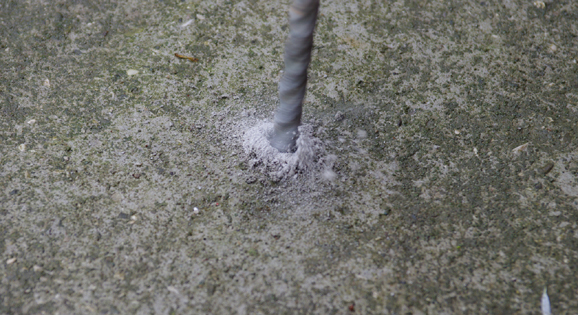
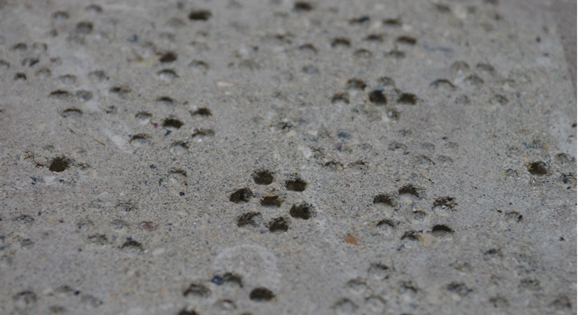
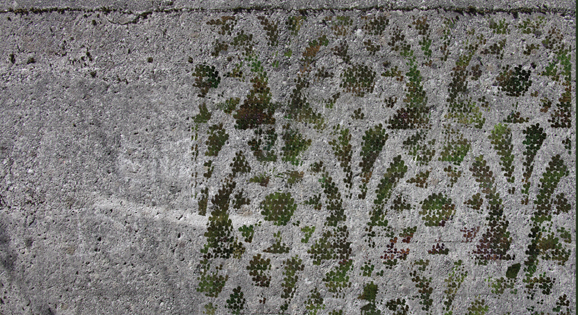
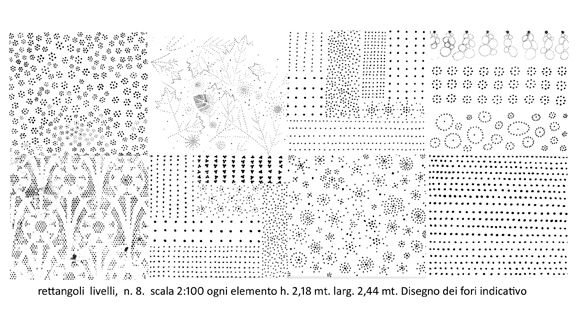
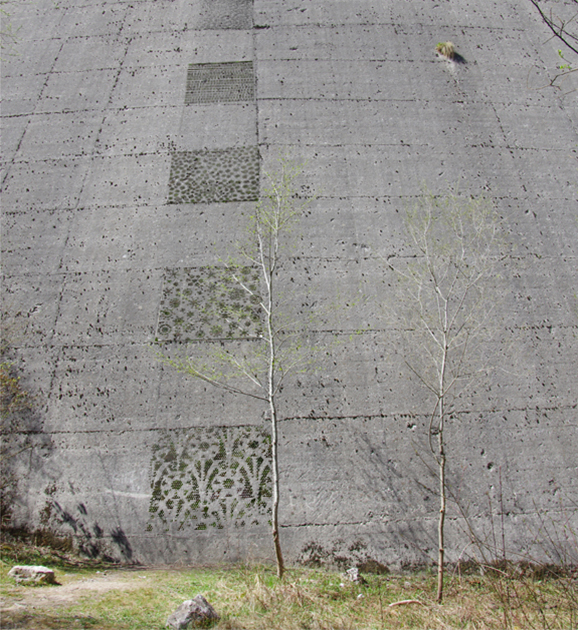
One Response to marta allegri
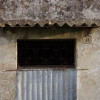
 cavarzere
cavarzere
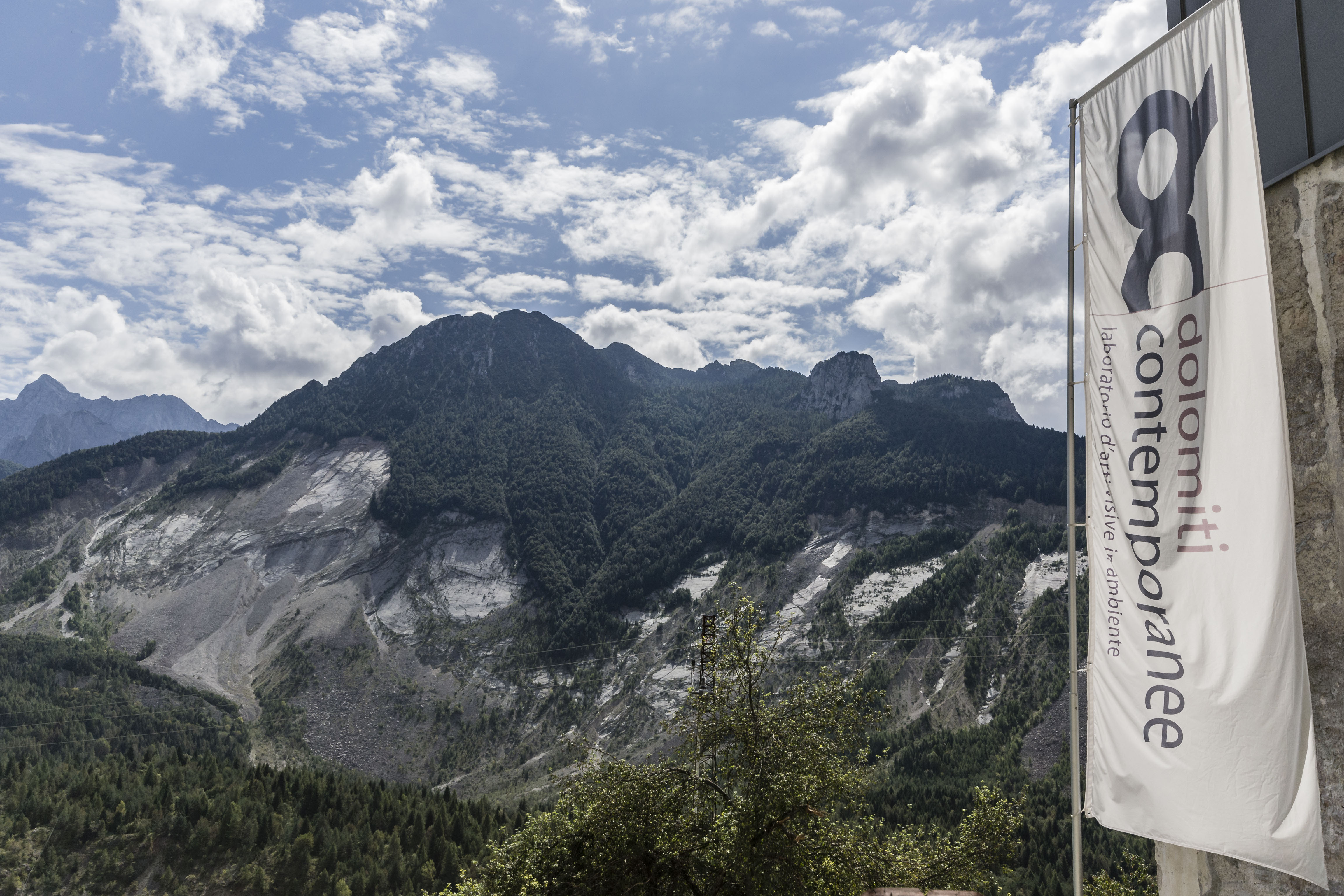
Tuesday, June 15th 2021, 2 – 4 PM, webinar panel:
two calls for vajont: fase _restart.
Vajont: [...]





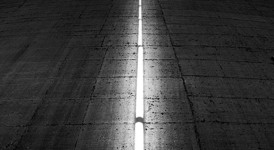
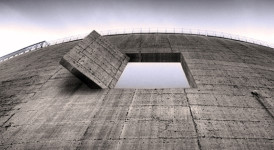
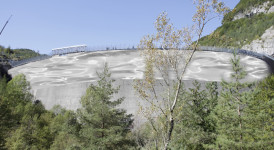

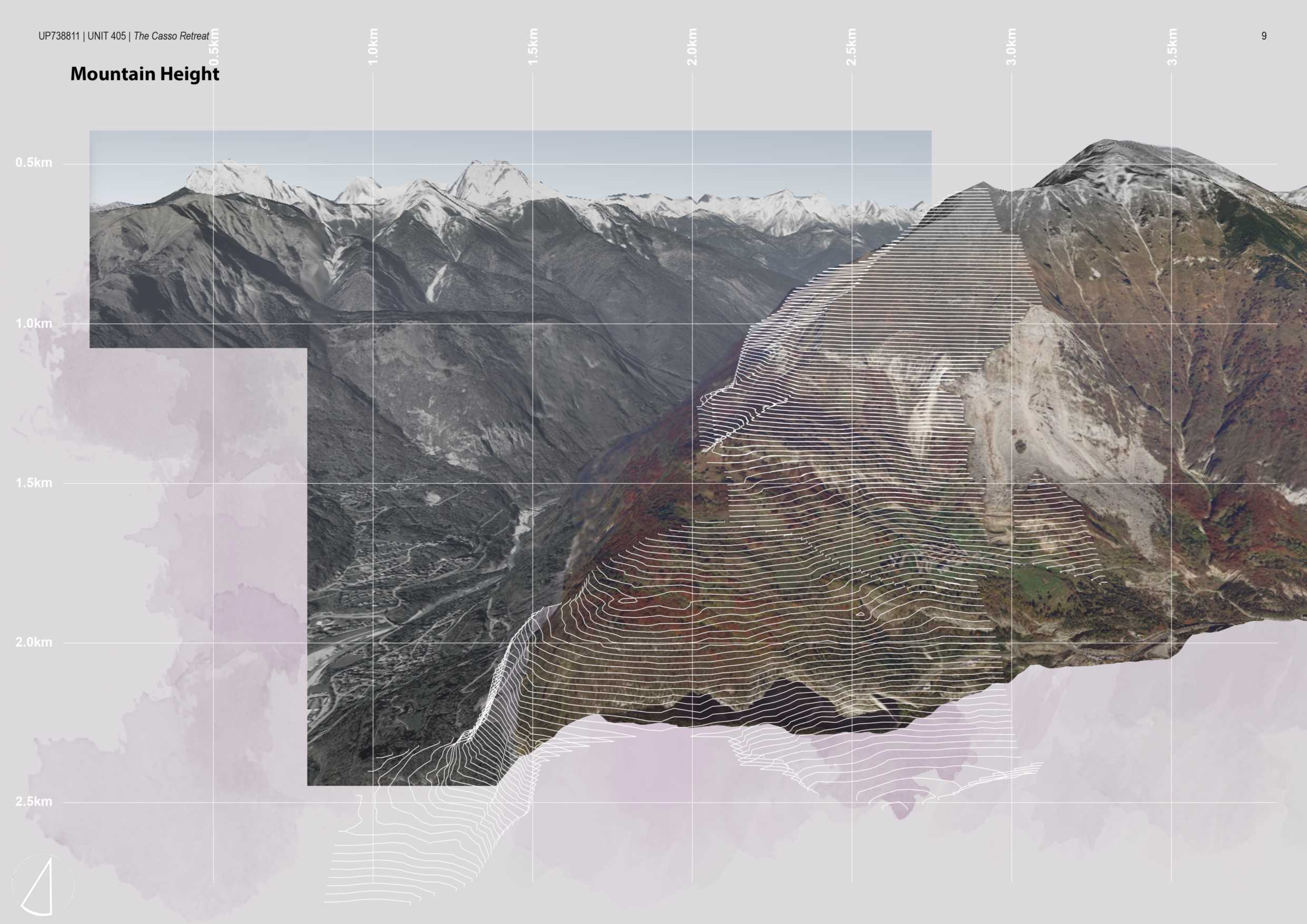









Lavoro meraviglioso!!!!!